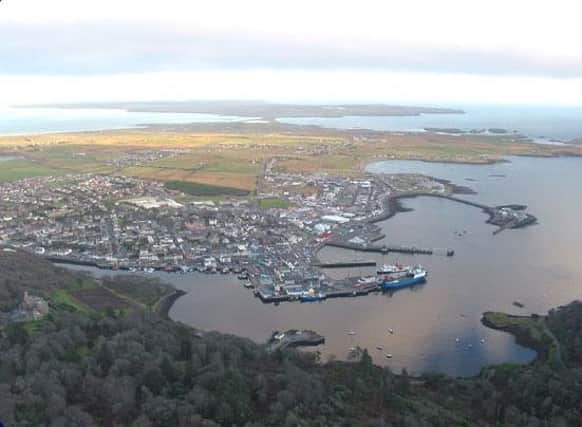Official stats confirm the population drift


While some of the increase is accounted for in an extension of what is officially termed “Stornoway”, it underlines the move away from the more outlying areas towards locations that are closer to the centres of work and population.
Surveys on housing demand also show huge disparity between the numbers wanting to live in and around the town and elsewhere.
The NRS “Mid-2020 Population Estimates for Settlements and Localities in Scotland” highlights that the situation at a very local level in the islands is replicated across the country, with just two per cent of Scotland’s entire population now living outside built-up areas of 500 people and more.
A total of 91 per cent of the population now live in just 2.3 per cent of the land area – a two per cent increase from 10 years ago.
The NRS said: “There were 514 ‘settlements’ in Scotland in mid-2020. This is five fewer than in 2016, due to some settlements merging or falling below the threshold of 500 people.
“The population of Scotland living in settlements is 4,974,670. The population living outside settlements is 491,330.”
While the trend towards more urban living is replicated in the islands, the NRS said Na h-Eileanan an Iar was still the locality in Scotland with the highest percentage – 29.4 – living outside built-up settlements.
The NRS said the statistics “help us understand the changing population of our settlements and localities”.
"Information from this report helps give greater understanding of the population of local communities and informs government policy and legislation,” it added.
In 2020, the overall population of Na h-Eileanan an Iar was 26,500, down from 26,900 in 2016 and 27,600 in 2010. The number of people living in the islands increased from 2000 to 2010 but has been in decline since.